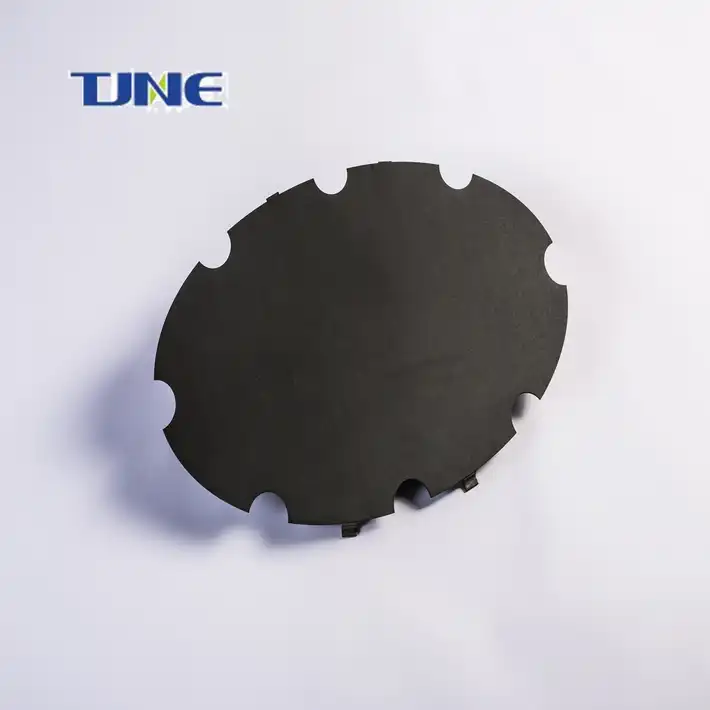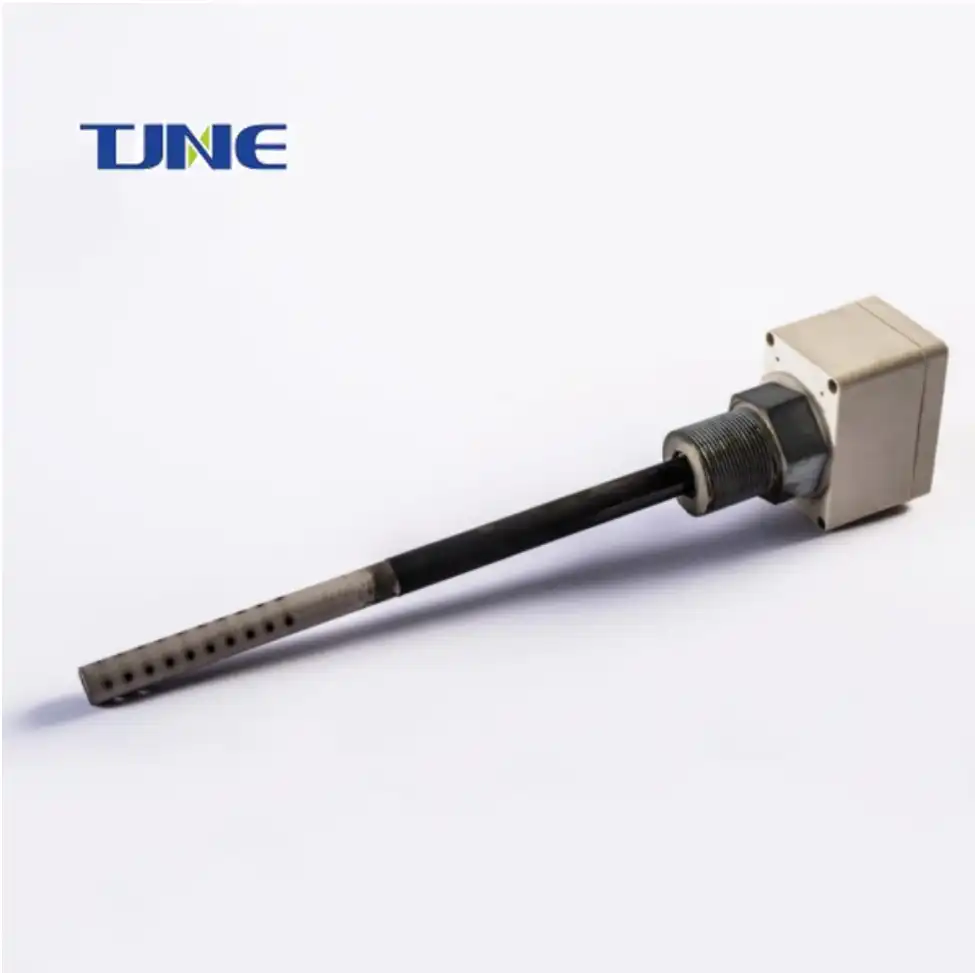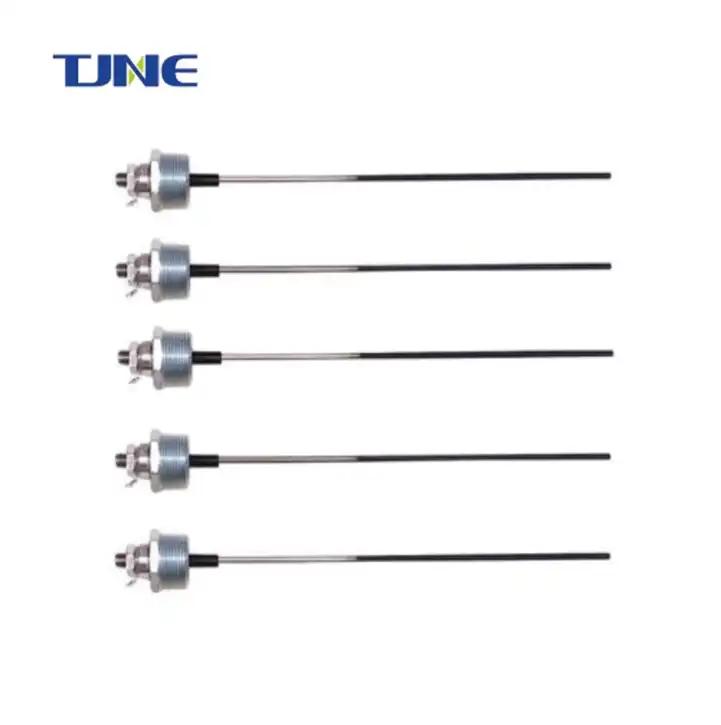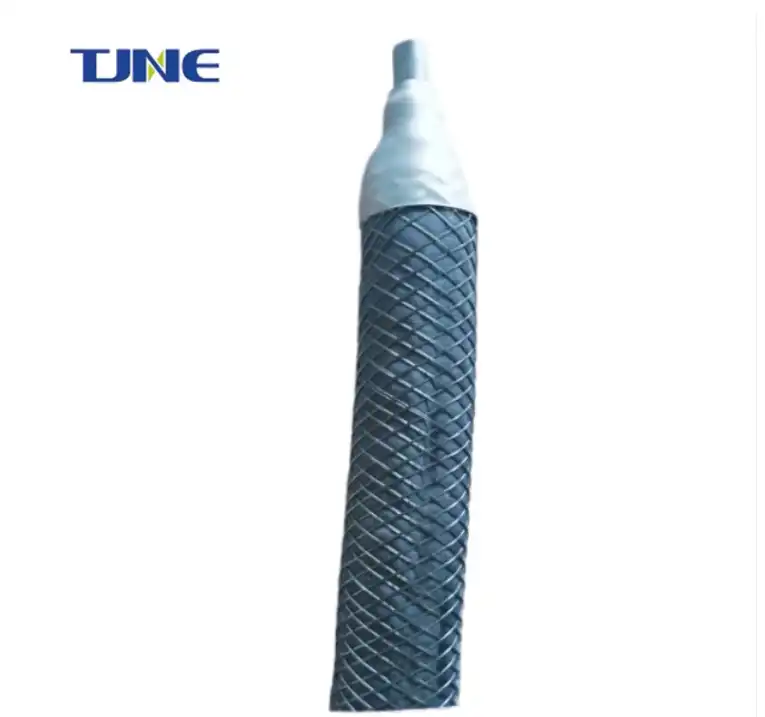- English
- French
- German
- Portuguese
- Spanish
- Russian
- Japanese
- Korean
- Arabic
- Greek
- German
- Turkish
- Italian
- Danish
- Romanian
- Indonesian
- Czech
- Afrikaans
- Swedish
- Polish
- Basque
- Catalan
- Esperanto
- Hindi
- Lao
- Albanian
- Amharic
- Armenian
- Azerbaijani
- Belarusian
- Bengali
- Bosnian
- Bulgarian
- Cebuano
- Chichewa
- Corsican
- Croatian
- Dutch
- Estonian
- Filipino
- Finnish
- Frisian
- Galician
- Georgian
- Gujarati
- Haitian
- Hausa
- Hawaiian
- Hebrew
- Hmong
- Hungarian
- Icelandic
- Igbo
- Javanese
- Kannada
- Kazakh
- Khmer
- Kurdish
- Kyrgyz
- Latin
- Latvian
- Lithuanian
- Luxembou..
- Macedonian
- Malagasy
- Malay
- Malayalam
- Maltese
- Maori
- Marathi
- Mongolian
- Burmese
- Nepali
- Norwegian
- Pashto
- Persian
- Punjabi
- Serbian
- Sesotho
- Sinhala
- Slovak
- Slovenian
- Somali
- Samoan
- Scots Gaelic
- Shona
- Sindhi
- Sundanese
- Swahili
- Tajik
- Tamil
- Telugu
- Thai
- Ukrainian
- Urdu
- Uzbek
- Vietnamese
- Welsh
- Xhosa
- Yiddish
- Yoruba
- Zulu
Mixed Metal Oxide (MMO) canister anodes are advanced electrochemical devices widely used in cathodic protection systems to prevent corrosion in various industrial applications. These anodes are known for their durability, efficiency, and versatility. In this blog post, we'll explore the technical specifications of typical MMO canister anodes, addressing key questions about their composition, performance, and applications.
What materials are used in MMO canister anodes?
MMO canister anodes are sophisticated devices composed of several key materials, each serving a specific purpose in their overall functionality. The primary components of a typical MMO canister anode include:

- Substrate: The core of an MMO anode is typically made of titanium, which serves as the base metal. Titanium is chosen for its excellent corrosion resistance and ability to form a stable oxide layer. This substrate provides structural integrity and acts as a conductor for the electrical current.
- Catalytic Coating: The titanium substrate is coated with a mixture of metal oxides, which gives the anode its name - Mixed Metal Oxide. Common metal oxides used in this coating include:
- Iridium oxide (IrO2)
- Tantalum oxide (Ta2O5)
- Ruthenium oxide (RuO2)
These oxides are carefully selected and combined to optimize the anode's performance, including its catalytic activity, durability, and resistance to chemical degradation.
- Canister: The MMO anode element is enclosed within a canister, typically made of high-density polyethylene (HDPE) or another suitable polymer. This canister protects the anode and helps distribute the current more evenly.
- Backfill Material: The space between the anode and the canister is filled with a conductive backfill material. Common choices include:
- Calcined petroleum coke
- Natural graphite
- Mixture of both
The backfill material enhances current distribution and reduces the anode's resistance to earth.
- End Caps: The canister is sealed with end caps, usually made of the same material as the canister itself. These caps protect the internal components and provide a means for electrical connection.

The manufacturing process of MMO canister anodes involves several critical steps:
1. Preparation of the titanium substrate, including cleaning and surface treatment to ensure proper adhesion of the catalytic coating.
2. Application of the mixed metal oxide coating using techniques such as electrodeposition, thermal decomposition, or plasma spraying.
3. Assembly of the anode element within the canister, including the addition of backfill material.
4. Sealing of the canister and attachment of the connection cable.
5. Quality control testing to ensure the anode meets performance specifications.
Understanding the materials used in MMO canister anodes is crucial for engineers and technicians working with cathodic protection systems. The choice of materials directly impacts the anode's performance characteristics, including its current output, consumption rate, and overall lifespan. By selecting the appropriate MMO canister anode for a specific application, operators can ensure optimal corrosion protection and long-term reliability of their infrastructure.
How do MMO canister anodes compare to other types of anodes?
MMO canister anodes have gained significant popularity in cathodic protection systems due to their unique advantages over other types of anodes. To understand their comparative benefits, let's examine how they stack up against other common anode types:
- Comparison with Graphite Anodes:
Graphite anodes have been used in cathodic protection for many years. However, MMO canister anodes offer several advantages:
- Longevity: MMO anodes typically have a much longer lifespan than graphite anodes, often lasting 20 years or more compared to 5-10 years for graphite.
- Consumption Rate: MMO anodes have a significantly lower consumption rate, meaning they deteriorate more slowly during operation.
- Current Output: MMO anodes can provide higher current densities, making them more efficient in protecting larger structures or areas with high corrosion risk.
- Size and Weight: For the same current output, MMO anodes are generally smaller and lighter than graphite anodes, making installation and handling easier.
- Comparison with High Silicon Cast Iron (HSCI) Anodes:
HSCI anodes are another common choice in cathodic protection. MMO canister anodes offer several advantages:
- Efficiency: MMO anodes have a higher electrical efficiency, meaning they can provide more protection current for the same power input.
- Versatility: MMO anodes can be used in a wider range of environments, including both soil and water applications.
- Consistency: MMO anodes provide more consistent current output over their lifetime, whereas HSCI anodes may have variable performance as they consume.
- Environmental Impact: MMO anodes produce fewer byproducts during operation, making them a more environmentally friendly choice in some applications.
- Comparison with Zinc Anodes:
Zinc anodes are often used in galvanic (sacrificial) cathodic protection systems. While they serve different purposes, MMO canodes offer advantages in impressed current systems:
- Lifespan: MMO anodes last significantly longer than zinc anodes, which are designed to be consumed.
- Current Control: As part of an impressed current system, MMO anodes allow for precise control of the protection current, which is not possible with zinc anodes.
- Applicability: MMO anodes are suitable for protecting a wider range of structures and in more diverse environments than zinc anodes.
- Comparison with Platinum-Coated Anodes:
Platinum-coated anodes are sometimes used in specialized applications. MMO anodes compare favorably in several aspects:
- Cost-Effectiveness: MMO anodes are generally more cost-effective than platinum-coated anodes, especially for large-scale applications.
- Durability: While platinum is an excellent catalyst, MMO coatings often provide better long-term durability in harsh environments.
- Availability: MMO anodes are more readily available and have become an industry standard, whereas platinum-coated anodes are more specialized.
Key Advantages of MMO Canister Anodes:
1. Dimensional Stability: Unlike consumable anodes, MMO anodes maintain their shape and size throughout their operational life, ensuring consistent performance.
2. Low Maintenance: The long lifespan and stable performance of MMO anodes translate to reduced maintenance requirements and lower lifecycle costs.
3. Adaptability: MMO canister anodes can be designed in various sizes and configurations to suit different application needs, from small pipelines to large offshore structures.
4. Consistent Performance: The catalytic coating ensures a stable anode potential and consistent current output over the anode's lifetime.
5. Resistance to Chlorine Generation: In seawater applications, MMO anodes are less prone to generating chlorine as a byproduct compared to some other anode types.
While MMO canister anodes offer numerous advantages, it's important to note that the choice of anode type should always be based on the specific requirements of each cathodic protection project. Factors such as soil resistivity, water chemistry, structure size, design life, and regulatory requirements all play a role in determining the most suitable anode type.
In conclusion, MMO canister anodes have emerged as a preferred choice in many cathodic protection applications due to their superior performance characteristics, longevity, and versatility. Their advantages over other anode types have contributed to their widespread adoption in industries ranging from oil and gas to municipal infrastructure protection.
What factors affect the lifespan of MMO canister anodes?
The lifespan of MMO canister anodes is a critical consideration in the design and implementation of cathodic protection systems. Understanding the factors that influence their longevity is essential for optimizing performance and cost-effectiveness. Let's explore the key elements that affect the lifespan of MMO canister anodes:
- Current Density:
The current density at which an MMO canister anode operates is perhaps the most significant factor affecting its lifespan. Current density is typically expressed in amperes per square meter (A/m²) of the anode surface area.
- Operating within Recommended Limits: Manufacturers specify a recommended current density range for their anodes. Operating within this range ensures optimal performance and longevity.
- Exceeding Limits: If the current density exceeds the recommended maximum, it can lead to accelerated deterioration of the catalytic coating and reduced lifespan.
- Underutilization: Conversely, operating at very low current densities may not fully utilize the anode's capabilities and can lead to inefficient use of resources.
- Environmental Conditions:
The environment in which the anode is installed plays a crucial role in determining its lifespan:
- Soil Resistivity: In soil applications, lower soil resistivity generally leads to better current distribution but may also result in higher anode consumption rates.
- Water Chemistry: In marine or freshwater applications, factors such as salinity, pH, and the presence of dissolved oxygen can affect the anode's performance and lifespan.
- Temperature: Extreme temperatures, both high and low, can impact the anode's efficiency and durability. High temperatures may accelerate chemical reactions and potentially reduce lifespan.
- Presence of Contaminants: Certain chemical contaminants in the environment can interfere with the anode's catalytic activity or accelerate degradation.
- Backfill Quality:
The conductive backfill material surrounding the anode element within the canister is crucial for its performance:
- Proper Compaction: Ensuring proper compaction of the backfill material during installation helps maintain consistent contact between the anode and the surrounding environment.
- Moisture Content: Adequate moisture in the backfill is necessary for efficient current distribution. Dry conditions can lead to increased resistance and reduced effectiveness.
- Contamination: Contamination of the backfill material with foreign substances can alter its conductivity and potentially impact the anode's performance.
- Design and Installation:
The initial design and installation of the cathodic protection system significantly influence the anode's lifespan:
- Proper Sizing: Correctly sizing the anode for the intended application ensures it operates within its optimal range.
- Even Current Distribution: Proper placement and spacing of anodes help achieve even current distribution, preventing localized high current densities that could lead to premature failure.
- Quality of Electrical Connections: Ensuring secure and corrosion-resistant electrical connections prevents resistance build-up and maintains efficient current flow.
- Maintenance and Monitoring:
Regular maintenance and monitoring of the cathodic protection system can significantly extend the lifespan of MMO canister anodes:
- Periodic Inspections: Regular inspections can identify issues such as damaged cables, shifting anodes, or changes in the surrounding environment.
- Performance Monitoring: Continuous or periodic monitoring of anode output and system performance allows for timely adjustments to optimize anode life.
- Rectifier Adjustments: Proper adjustment of the impressed current system's rectifier ensures the anodes operate within their designed parameters.
Understanding these factors allows engineers and operators to make informed decisions when designing, installing, and maintaining cathodic protection systems using MMO canister anodes. By carefully considering each of these elements, it's possible to maximize the lifespan of these anodes, ensuring long-term protection of valuable infrastructure while optimizing operational costs.
In practice, the actual lifespan of an MMO canister anode can vary significantly based on the combination of these factors. While manufacturers often provide estimated lifespans under ideal conditions, real-world performance may differ. It's not uncommon for well-designed and properly maintained MMO canister anode systems to exceed their expected lifespans, sometimes operating effectively for 25 years or more.
To maximize the lifespan and effectiveness of MMO canister anodes, it's crucial to:
1. Conduct thorough site surveys and system design before installation.
2. Use high-quality anodes from reputable manufacturers.
3. Ensure proper installation by trained professionals.
4. Implement regular monitoring and maintenance programs.
5. Be prepared to make adjustments to the system as environmental or structural conditions change over time.
By considering all these factors and implementing best practices, operators can ensure that their MMO canister anodes provide reliable, long-term corrosion protection, maximizing the return on investment in their cathodic protection systems.
Conclusion
Mixed Metal Oxide (MMO) canister anodes represent a significant advancement in cathodic protection technology. Their unique combination of materials, including the titanium substrate, catalytic oxide coating, and carefully selected backfill, contributes to their superior performance characteristics. When compared to other anode types, MMO canister anodes often prove to be more efficient, durable, and versatile across a wide range of applications.
However, to fully leverage the benefits of MMO canister anodes, it's crucial to understand and manage the factors that affect their lifespan. From environmental conditions and current density to installation quality and ongoing maintenance, each element plays a role in determining the long-term effectiveness of these anodes.
As corrosion protection remains a critical concern across various industries, the continued development and optimization of MMO canister anode technology will likely play a key role in safeguarding infrastructure and assets for years to come. By staying informed about the technical specifications, comparative advantages, and lifespan factors of MMO canister anodes, professionals in the field can make informed decisions to ensure the most effective and efficient cathodic protection solutions for their specific needs.
If you are interested in the products of Xi'an Taijin New Energy & Materials Sci-Tech Co., Ltd., please contact yangbo@tjanode.com.
References:
1. NACE International. (2013). Cathodic Protection Field Testing. NACE SP0169-2013.
2. Baeckmann, W. V., Schwenk, W., & Prinz, W. (1997). Handbook of Cathodic Corrosion Protection. Gulf Professional Publishing.
3. Revie, R. W., & Uhlig, H. H. (2008). Corrosion and Corrosion Control: An Introduction to Corrosion Science and Engineering. John Wiley & Sons.
4. Tait, W. S. (2012). An Introduction to Electrochemical Corrosion Testing for Practicing Engineers and Scientists. PairODocs Publications.
5. Roberge, P. R. (2008). Corrosion Engineering: Principles and Practice. McGraw-Hill Education.
6. Cicek, V. (2014). Cathodic Protection: Industrial Solutions for Protecting Against Corrosion. John Wiley & Sons.
7. Peabody, A. W. (2001). Peabody's Control of Pipeline Corrosion. NACE International.
8. Hack, H. P. (Ed.). (2010). Galvanic Corrosion. ASTM International.
9. Shreir, L. L., Jarman, R. A., & Burstein, G. T. (1994). Corrosion: Metal/Environment Reactions. Butterworth-Heinemann.
10. DNV GL. (2017). Cathodic Protection Design. Recommended Practice DNVGL-RP-B401.
Related Industry Knowledge
- What Materials Are Commonly Used for the Anode in Alkaline Water Electrolysis?
- What are the Guidelines and Regulations for Swimming Pool Disinfection?
- How Long Do Titanium Electrodes Last in Swimming Pool Applications?
- What Industries Commonly Use Ruthenium Iridium Coated Titanium Anodes?
- How do Titanium Electrodes Contribute to Sustainable Swimming?
- What is a Titanium Electrode for Swimming Pool Disinfection?
- Are There Any Safety Considerations When Using Titanium Electrodes in Swimming Pools?












